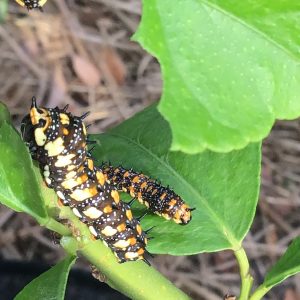
Food Chains are the who eats who of nature!



Plant nectar eaten by ants, eaten by a Thorny Devil, eaten by a Wedged Tailed Eagle.
They are the pathway of energy in an ecosystem.
Because nature is complex, food chains in turn become complex, creating a food web.
Different habitats and ecosystems sustain different food chains. Scientists study the different food chains, within a habitat, to understand the balance of nature.
Each habitat will have primary producers, primary consumers, secondary consumers, tertiary consumers and, so on until the top predator is reached. The final stage of the energy cycle is when the detritivores and decomposers return the nutrients to the soil or oceans for use by primary producers, starting a whole new food chain.
Table of Contents
Primary producers – Autotrophs
An autotroph is a self-feeding organism. In other words, it makes its own food. Nearly all primary producers use photosynthesis to create food. Plants, algae, and phytoplankton make up the first stage of a food chain. There are also some forms of bacteria that use a process called chemosynthesis to also create their own food. The primary producers store energy that is then passed on to the secondary consumers as they eat (or consume) the plant, algae, or phytoplankton.
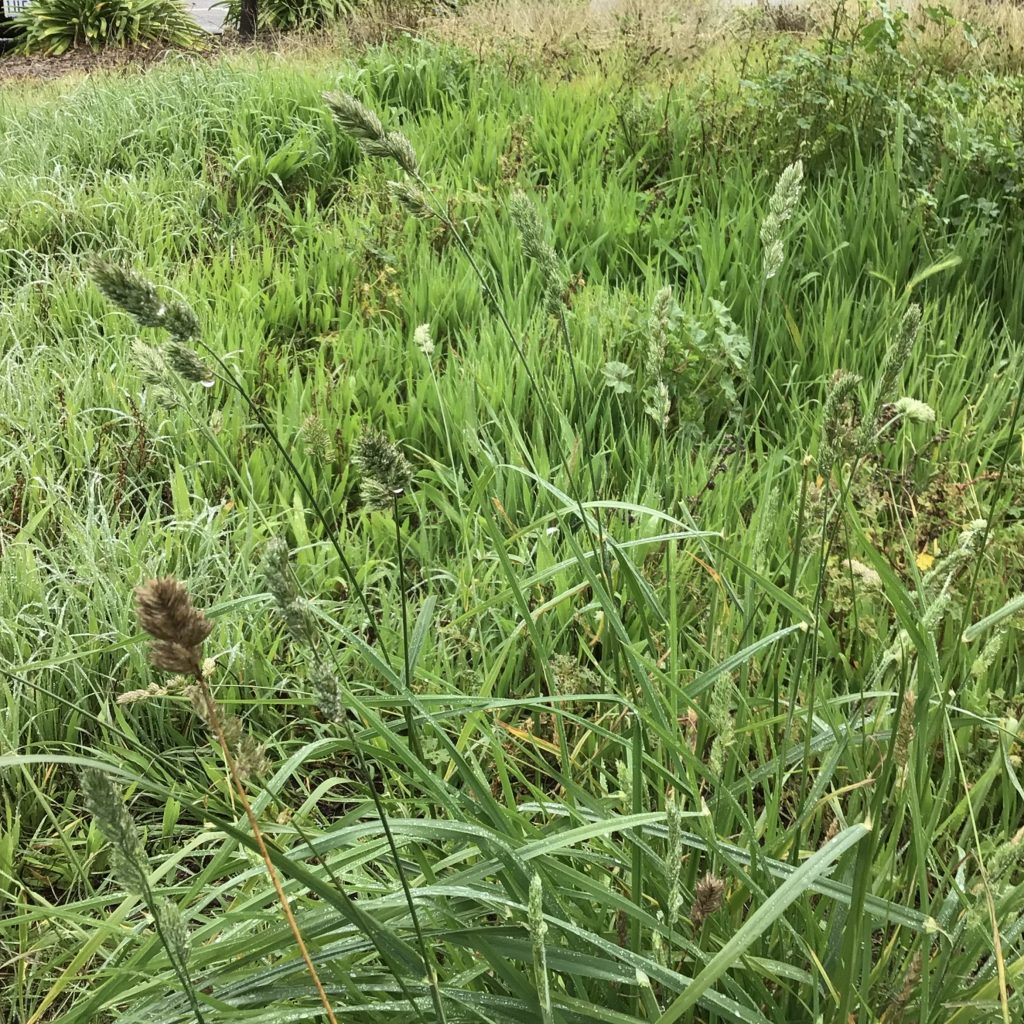
Primary consumers – Herbivores
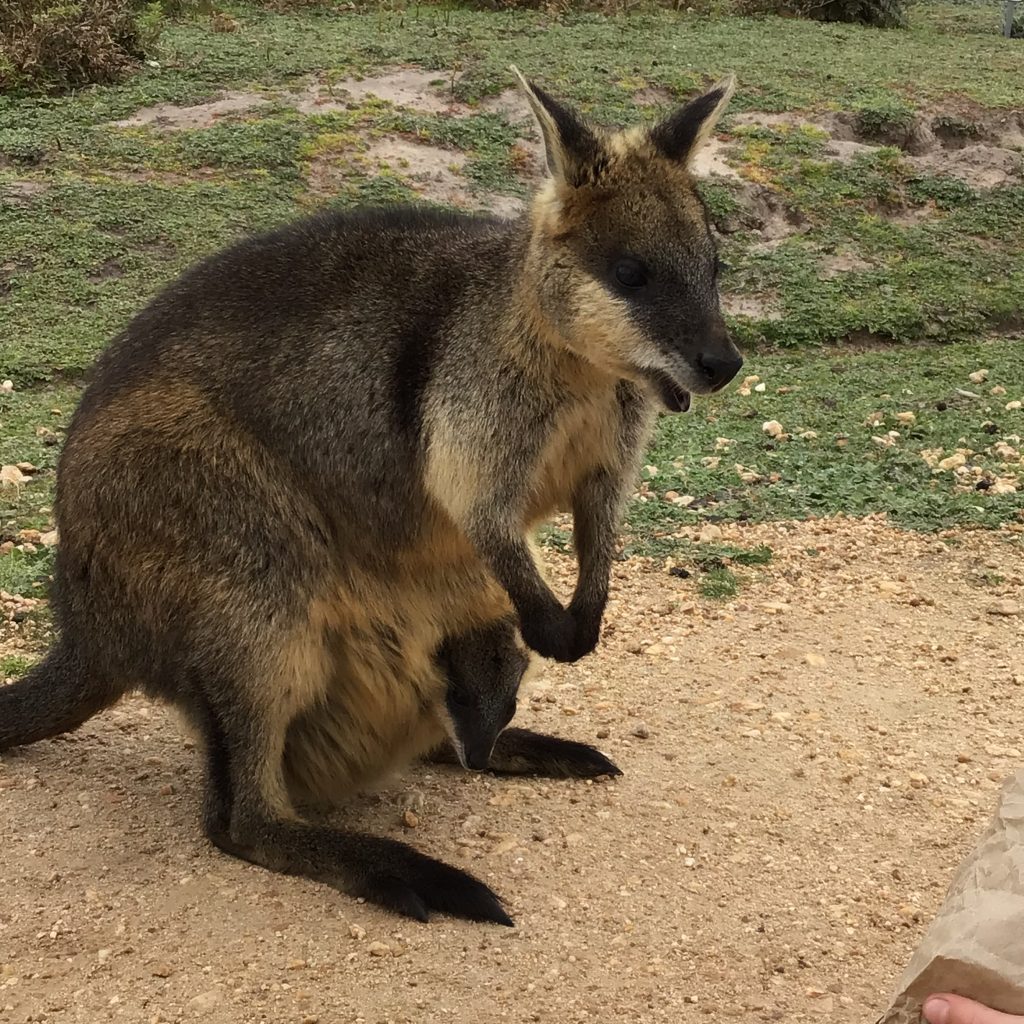
The primary consumers are herbivores. They consume the primary producers. They come in all sorts and sizes and are found in every environment, from the microscopic zooplankton to the majestic giraffe. Each level of the chain is called a trophic level. The Primary consumers belong to the second trophic level and are part of the heterotrophs.
Secondary, Tertiary (and above) Consumers
Secondary, tertiary (and above), consumers are also heterotrophs. They can not produce their own food and rely on other organisms for their nutrients and energy. Higher-level consumers can be omnivores or carnivores. Depending on the environment, the diet of some secondary consumers can be varied and include both plants and animals. For example, an emu is an omnivore. When it is consuming leaves, grass, or fruit it is considered a primary consumer, but it also eats insects, making it a secondary consumer in that instance. Because of the complexity of nature, the food chain is not always linear and can differ according to seasons and the availability of food.
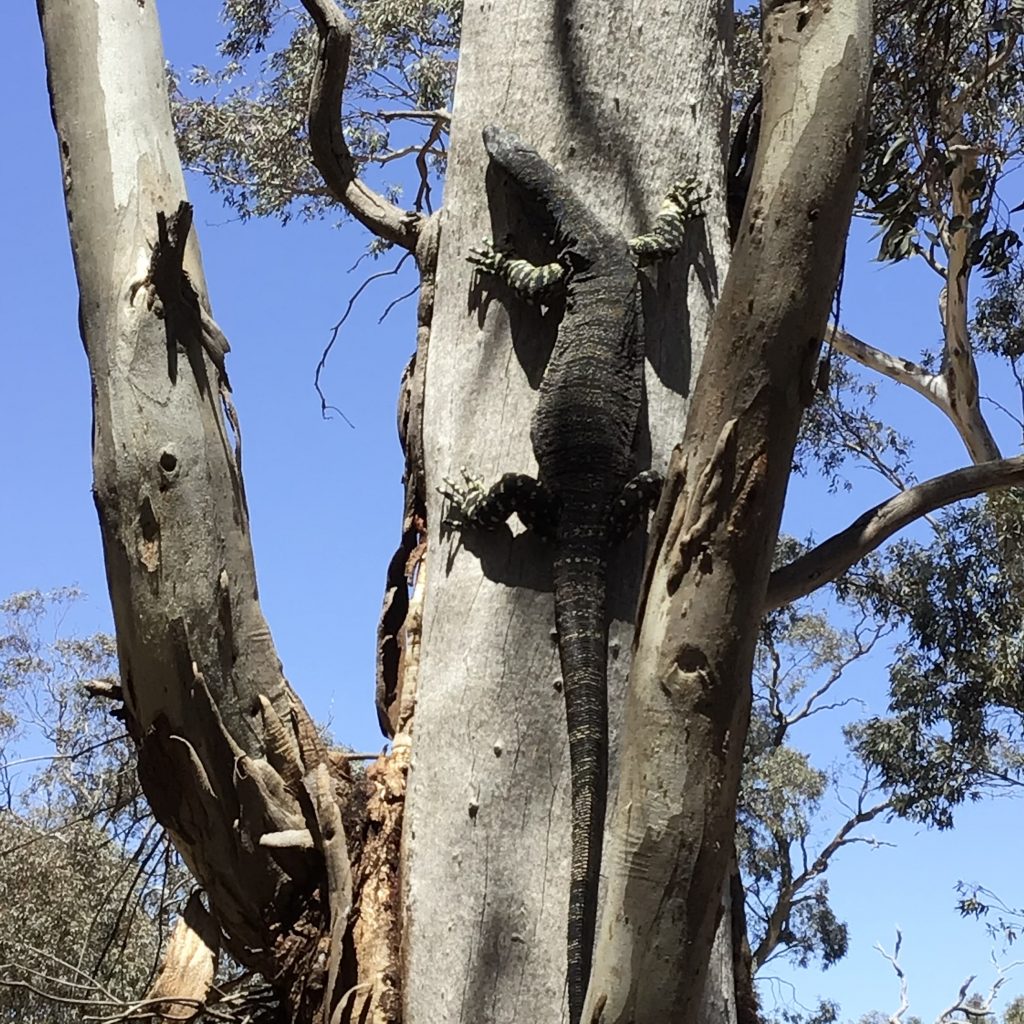
Top Predator – Apex Predator
When an organism has no known predators, we call that animal a top predator or apex predator. It is at the top of the food chain. An example of a top predator in Australia would be the Wedge Tailed Eagle, as an adult, it has no known predators.
Detritivores and Decomposers

The last step in the transfer of energy is the return of nutrients to the soil or ocean. Detritivores and Decomposers do this job. Detritivores are animals that eat dead organisms. Australia has quite a few scavenger animals, from the dingo and possum to the millipede and slater, these animals play a vital role in the energy cycle. Although we don’t have vultures, we do have whistling kites, crows, and ravens, to name just a few carrion birds. Our monitor lizards and meat ants also clean up any dead organisms they come across. Along with the detritivores, the decomposers help return nutrients and energy to our soil. Fungi and bacteria break down the organic material and convert it back into inorganic nutrients ready for another energy cycle.
You might like to explore food chains further with these videos
When food chains get disrupted and the natural balance of things is upset, we end up with disastrous results. Shortages in the food chain can lead to the extinction of species. Disturbances can lead to a plague proportion of pests. In the book Plague, Jackie French shows how the disturbance of the natural balance in nature led to the locust plagues we experience here in Australia. It is a great book to encourage conversation about what happens when natural food chains are disturbed. You can download a set of teaching notes by Scholastic for this book HERE.

Our family enjoys this card game called ecosystem by Genius Games. The illustrations on the cards are beautiful and the rules are simple to follow! It is a fun way to learn about food chains and the balance in nature.
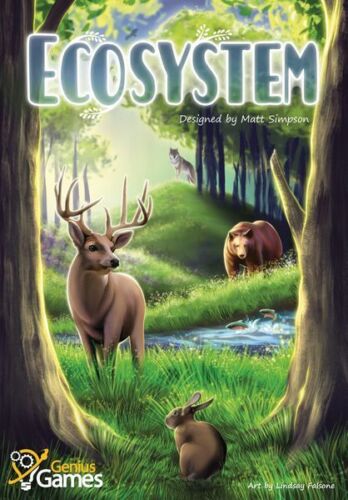
For more worksheets and colouring pages about food chains, you might like:
- What is a Food Chain? from the Worksheet Place
- Food Chains and Webs, from Great Schools
- Colouring pages by Colouring Home
Also, if you have subscribed to our newsletter, keep an eye out for the next Nature Scribble Notes – all about Food Chains!
Leave a Reply